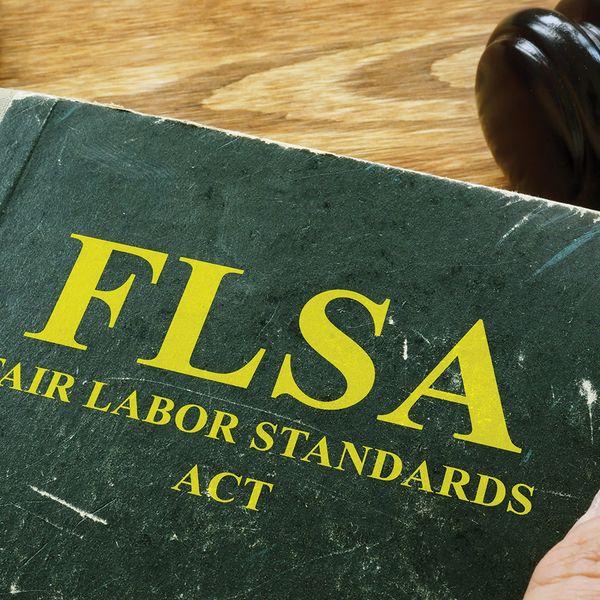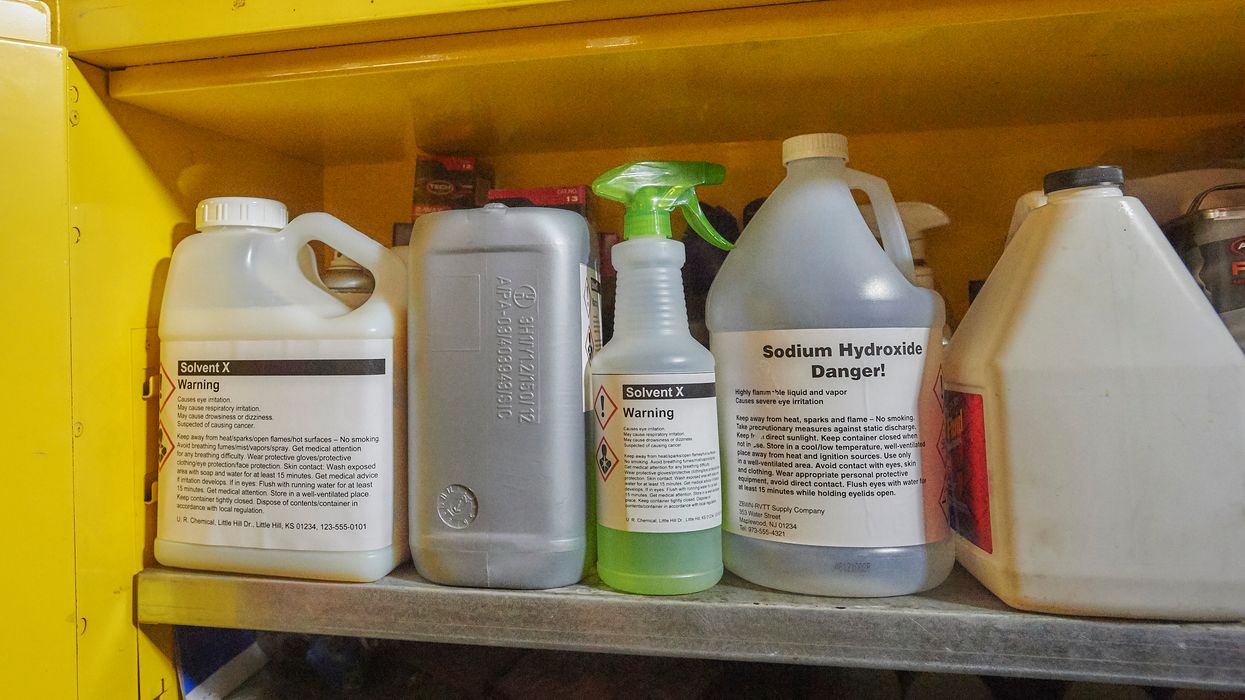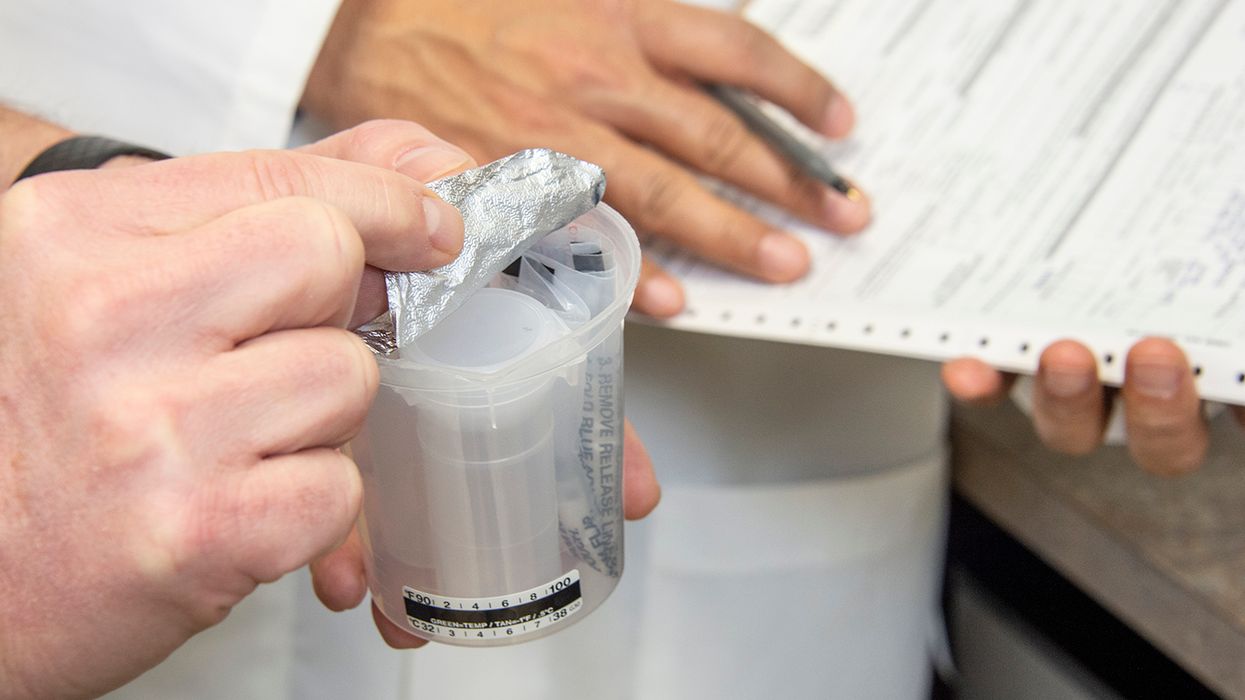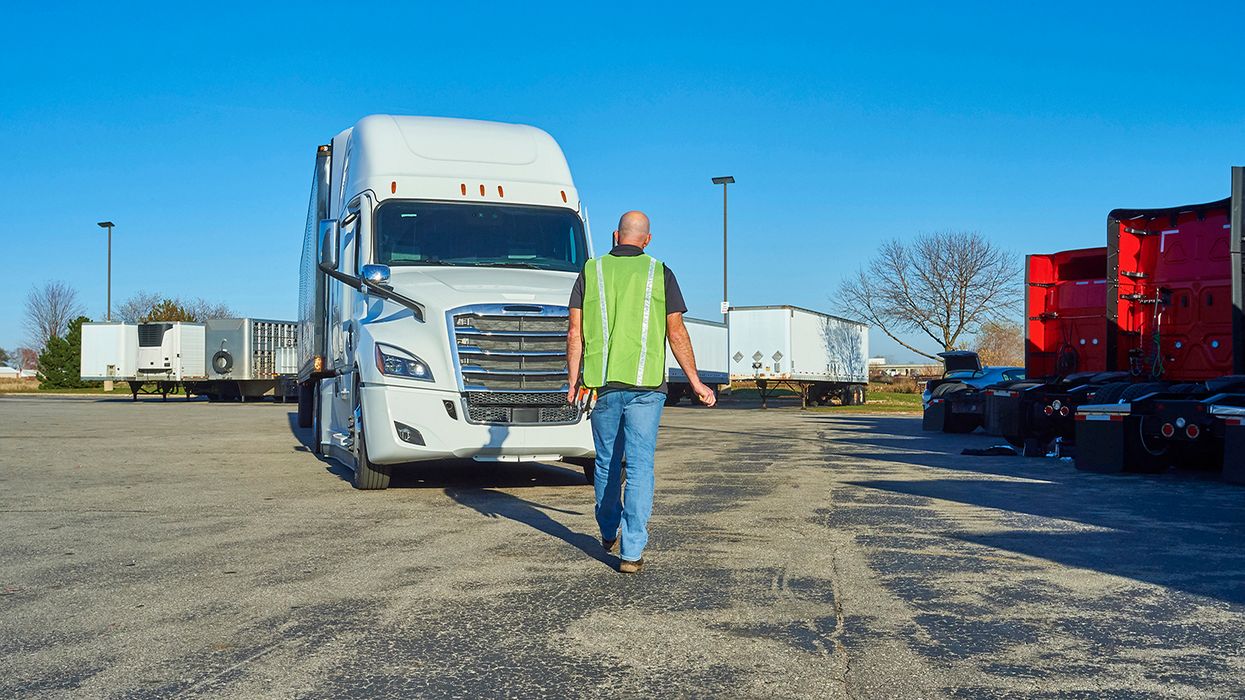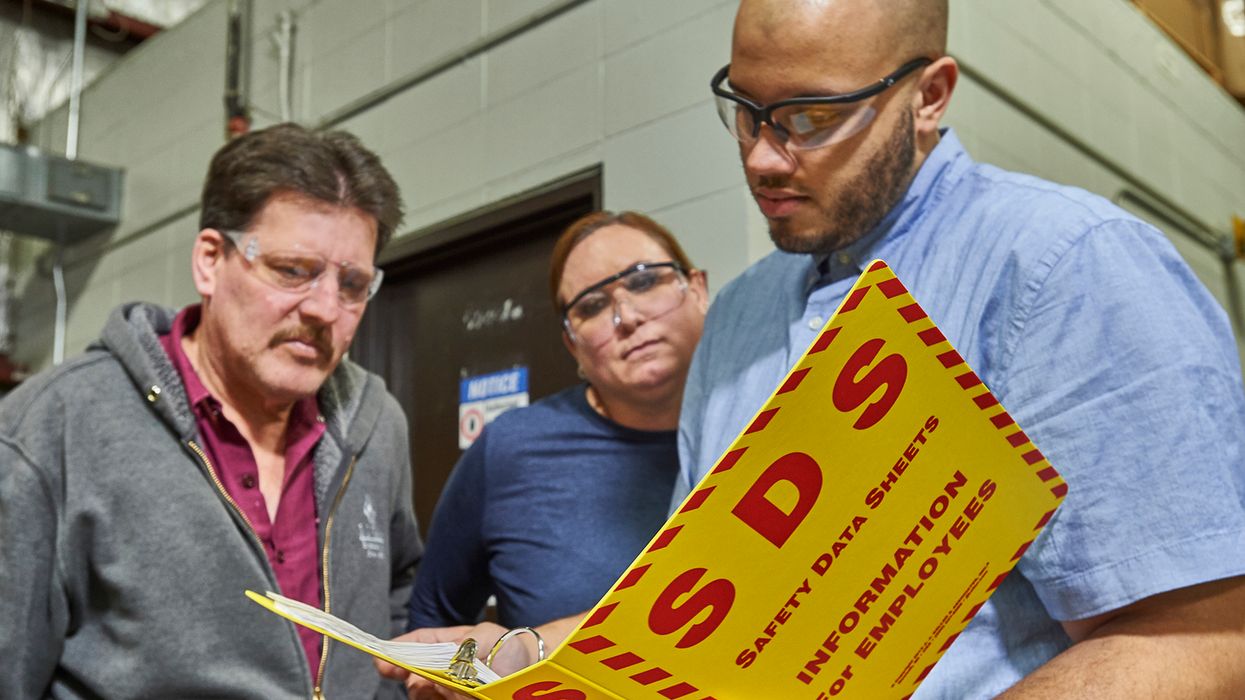Are your workers dependent upon you for work? If so, they’re employees
The DOL issues final rules
On January 7, 2021, the U.S. Department of Labor (DOL) published a final rule clarifying the federal standard for employee versus independent contractor under the Fair Labor Standards Act (FLSA). The effective date of the final rule is March 8, 2021. The final rule adopted the economic reality test to determine whether an individual is in business for him or herself (independent contractor) or is economically dependent on the employer for work (employee).
Digging deeper, the rule identified and explained two “core factors” to determine whether a worker is economically dependent on someone else’s business or is in business for him or herself:
- The nature and degree of control over the work.
- The worker’s opportunity for profit or loss based on initiative and/or investment.
Additional guidance
The rule identified three other factors as additional guidance, particularly when the two core factors do not point to the same classification. The factors are:
- The amount of skill required for the work.
- How permanent the working relationship between the worker and the employer is.
- Whether the work is part of an integrated unit of production.
Examples
The rule provided six examples. The first example involved a long-haul commercial driver:
Gabby is the owner and operator of a tractor-trailer and performs transportation services for a logistics company. Gabby substantially controls the key aspects of the work. However, the logistics company has installed, at its own expense, a device that limits the maximum speed of the Gabby’s truck and monitors the speed through GPS.
The company limits Gabby’s speed in order to comply with federally mandated motor carrier safety regulations and to ensure that she complies with local traffic laws. The company also requires Gabby to meet delivery deadlines as outlined in the work contract. That contract includes agreed-upon incentives for meeting, and penalties for missing, the deadlines.
Because Gabby exercises substantial control over key aspects of her work, she is an independent contractor. The fact that the company installed a device that limits and monitors the speed of her truck does not change this conclusion.
This company’s decision to monitor Gabby’s speed is meant to ensure safety and doesn’t constitute control that makes Gabby an employee. Under the contract, Gabby agreed upon the delivery deadlines, incentives, and penalties. This is typical of contractual relationships between businesses and also would not makes Gabby an employee.
Bottom line
Defining who is (or is not) an independent contractor has been a contentious issue across the country – especially in California. Although having this unified guidance at a federal level is helpful, there is some talk that when President-elect Biden takes office on January 20, he may undue this final rule. Stay tuned!




